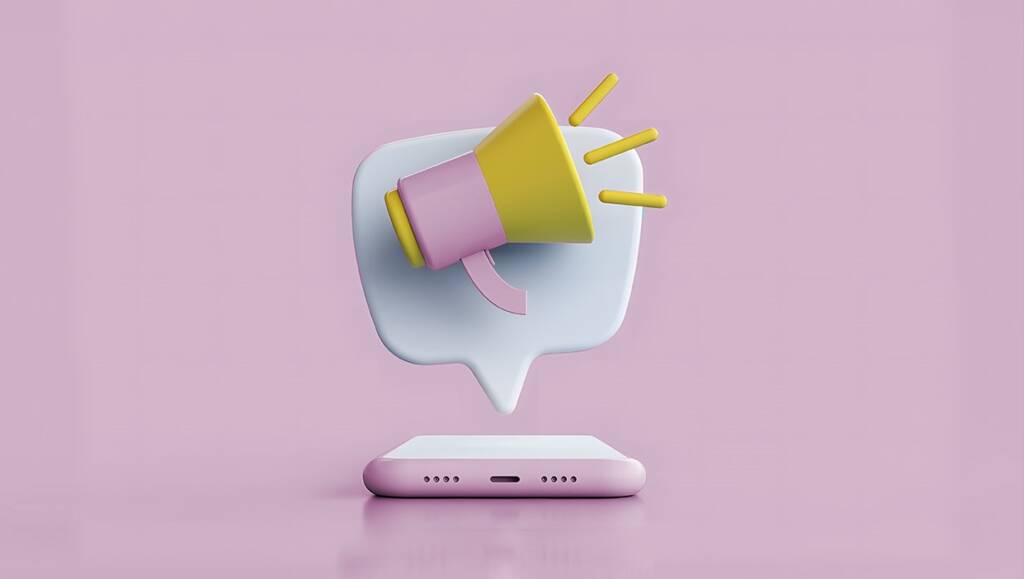
In 2025, branding is no longer just a logo or a color palette—it’s the emotional connection your audience builds through every interaction with your business. From a product page to a packaging insert, from the checkout experience to the follow-up email, your brand is what makes you memorable, trustworthy, and ultimately, profitable.
Yet many businesses are still losing customers not because their product is bad—but because their branding is inconsistent or outdated.
This post breaks down why branding matters more than ever in 2025, especially for businesses operating in fast-growing niches like eCommerce, wellness, tech accessories, home goods, and food & beverage. We’ll also walk through the exact workflows to create and implement brand consistency using platforms like Shopify, Artdez Studio, and your order management system (OMS).
The Real Problem: Broken Brand Experiences
You’ve worked hard to create a great product. But if your Shopify store looks polished and your order confirmation emails look generic, your brand story falls apart.
Inconsistency like this creates confusion and mistrust.
Here are some of the most common disconnects:
- A stunning homepage followed by a plain-text email
- Beautiful Instagram ads paired with unbranded packaging
- Branded content, but generic fulfillment and tracking messages
- Mismatched product visuals across marketplaces and inventory platforms
Each of these micro-frictions causes hesitation, lowers your conversion rate, and weakens customer retention.
Why Branding Is the Secret Weapon in 2025
The modern customer doesn’t just buy the product—they buy the experience.
If you want people to remember, refer, and reorder, you need a brand that feels intentional and cohesive. Here’s why:
1. Trust Is Built Through Consistency
Your customers subconsciously look for visual and tonal consistency. When your branding is tight, they feel more confident hitting “Buy Now.”
2. It Supports Omnichannel Retail
Whether your customer finds you on TikTok, your website, Etsy, or Amazon, your branding must be recognizable and unified.
3. It Boosts Operational Efficiency
Branded templates, visuals, and packaging streamline production and reduce communication gaps between marketing, fulfillment, and design teams.
4. It Increases Lifetime Value (LTV)
A well-executed brand keeps customers emotionally invested. They feel proud to share it, leave reviews, and come back for more.
Niches Where Branding Drives Sales
Branding touches every niche, but especially those that rely on emotional connection, perceived quality, and repeat purchases. In 2025, it’s especially critical in:
- Direct-to-Consumer (DTC) Cosmetics – where packaging and email flow are part of the product experience
- Sustainable Food & Beverage – where customers value storytelling and packaging transparency
- Home Decor & Lifestyle Brands – where aesthetics heavily influence first impressions
- Tech Accessories – where minimal, premium branding can justify premium pricing
- Wellness & Supplements – where trust, authority, and design impact credibility
Step-by-Step Workflow: How to Build a Cohesive Brand
Step 1: Audit Every Brand Touchpoint
Look at your brand from your customer’s perspective. Start from the first ad they see, and walk through every touchpoint—landing page, cart, emails, packaging, post-purchase message, and tracking page.
Are your logo, voice, tone, color, and visuals consistent?
Make note of what feels “off-brand.” These are your areas of opportunity.
Step 2: Create On-Brand Visuals and Assets
Use a mockup tool like Artdez Studio to design cohesive visuals. This includes:
- Product packaging (boxes, bottles, bags)
- Insert cards and thank-you notes
- Email headers and signatures
- Shipping labels and return slips
- SKU visuals for inventory management
With Artdez, even non-designers can create professional-looking branded mockups. It’s an excellent solution for solo founders, small teams, and marketing departments who need fast turnaround and consistent results.
Step 3: Apply Branding Across Systems
Once you have your branded visuals:
- Upload them to your Shopify theme to update product pages and checkout
- Integrate into your Order Management System for branded invoices and fulfillment notifications
- Sync with your inventory platform to align SKU images and product thumbnails
- Brand your fulfillment tracking emails and pages to reinforce professionalism
- Update email sequences in Klaviyo, Mailchimp, or SMS workflows
Don’t forget to update your style guide and document where each asset is used for future scalability.
Step 4: Measure Results
Branding is not guesswork—it’s measurable. After rollout, track these metrics:
- Increase in conversion rate on product pages and checkout
- Boost in email open rates and click-through
- Growth in returning customer rate
- Decrease in support tickets related to shipping confusion or miscommunication
- Lift in branded search traffic and social shares
If you’ve maintained consistency, you’ll see tangible improvements across marketing and operations.
Real-World Example: LuxeGlow Skincare
Challenge: LuxeGlow had strong product demand but poor brand retention. Their Shopify storefront was sleek, but their packaging, emails, and tracking experience were mismatched and underwhelming.
Solution:
They used Artdez Studio to create branded box mockups, label designs, and email templates. These were implemented across their Shopify theme, Skubana (OMS), and Klaviyo flows.
Result after 90 days:
- 42% increase in repeat purchases
- 28% rise in branded search traffic
- 33% improvement in email engagement
- 20% drop in post-purchase support tickets
Frequently Asked Questions
Q1. Can branding improve my operations?
A: Unified branding helps reduce design duplication, aligns team efforts, and creates efficiency across sales and fulfillment.
Q2. What if I’m not a designer?
A: Tools like Artdez Studio are made for non-designers. With drag-and-drop mockups and templates, anyone can create professional visuals in minutes.
Q3. Where should I apply branding first?
A: Start with your storefront (Shopify), emails, and packaging. Then expand into OMS, inventory systems, and fulfillment notifications.
Q4: What’s the ROI of investing in branding?
A: Studies show consistent branding increases revenue by 23%. Plus, branded visuals lead to higher engagement, lower bounce rates, and stronger customer retention.
